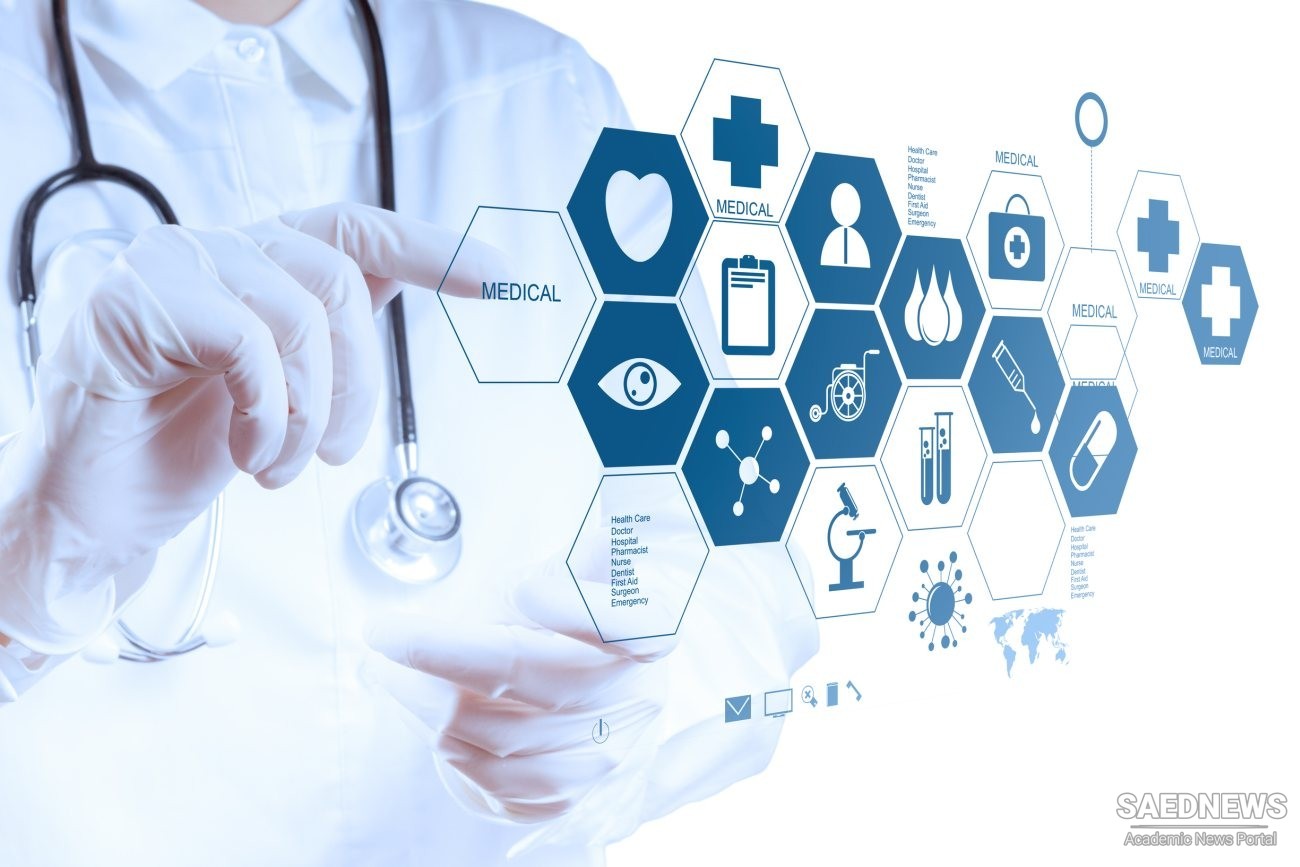Most sales in the tourist and medical sectors are made within domestic borders. While those sales are signifi cant in size, they do not generate foreign currency income. In both sectors, revenue in foreign currency is earned by cross-border exchange, namely, through international trade. Foreign currency is precisely the reason these services are traded, as Gupta noted in a study of Indian health care.
What exactly is traded in tourism and medicine in order to bring foreign currency into local hands? In the former, foreigners buy transportation, accommodations, restaurant meals, and entertainment. They rent cars and tennis rackets, they hire tour guides and travel agents, they have a massage, and they watch a local dance performance. According to the World Bank, such services are important as visitor expenditure outside their hotels can range from half to double of the in-hotel expenditures. These services are all considered a country’s exports.
With respect to health care, GATS defines health services as the follow�ing: specialized services by doctors, nursing services, physiotherapeutic and paramedical services, hospital services, ambulance services, residential health facilities services, and services produced by medical and dental laboratories. With respect to movement of consumers, UNCTAD defi nes patients seeking health care in foreign countries as: those who travel seeking specialized and surgical treatments using advanced technology not available at home, those who travel seeking services of prestigious institutions, those who travel for convalescence, those who travel to avail themselves of specifi c natural endowments such as hot springs, those who travel for medical treatment linked to recreational tourism, those who travel for outpatient medical or dental treatment that is similar to what they can receive at home, but is less expensive or not available.
Trade in health services also includes imports: importing professionals, technical training abroad, services for building and designing health facilities, and also domestic population going abroad to buy health care.
In putting these pieces together so as to understand medical tourism in developing countries, it is useful to turn to trade theory. Ricardo’s theory of comparative advantage states that the patterns of trade are determined by differing levels of production effi ciency across countries. Because of this, each country should specialize in whichever good it produces most efficiently (i.e., has a comparative advantage in), and in the short run, everyone will benefit from trade. Each country then must determine its effi ciencies given its endowments and existing technology. Does this mean that developing countries should open up to trade by importing health care and exporting something else? The Heckscher Ohlin theory says that a country’s endowments (such as natural resources, land, capital, and labor) rather than the relative efficiencies of production, determine its comparative advantage. So countries with abundant capital should produce and export those goods that use a lot of capital, and those with abundant labor should produce and export goods that use a lot of labor. Under these circumstances, what should developing countries produce and what should they import?


 Increasing Importance of Services
Increasing Importance of Services














































